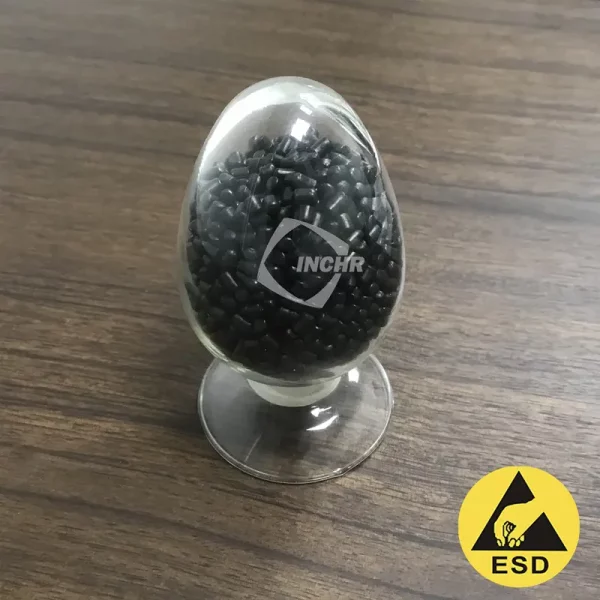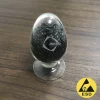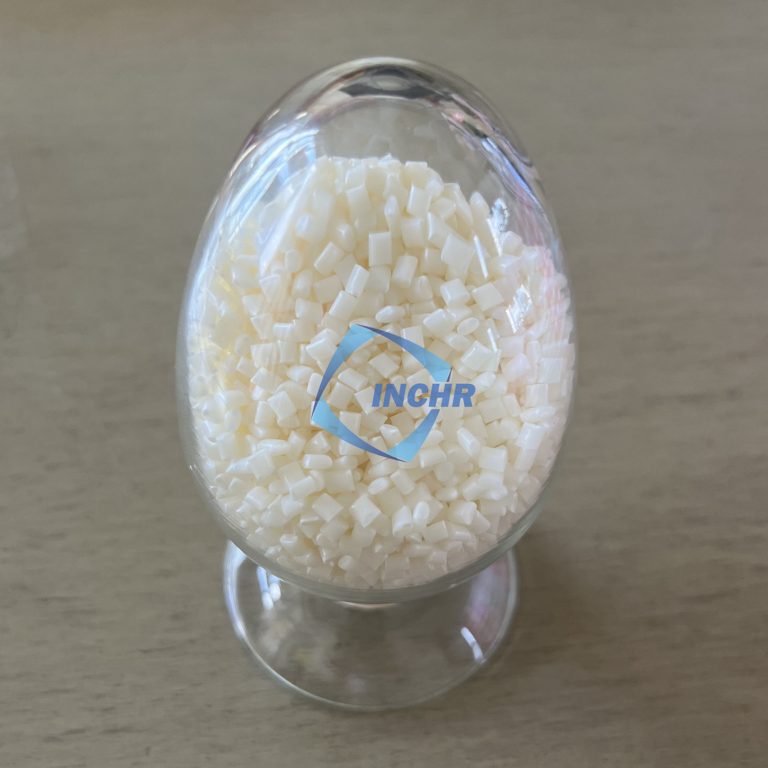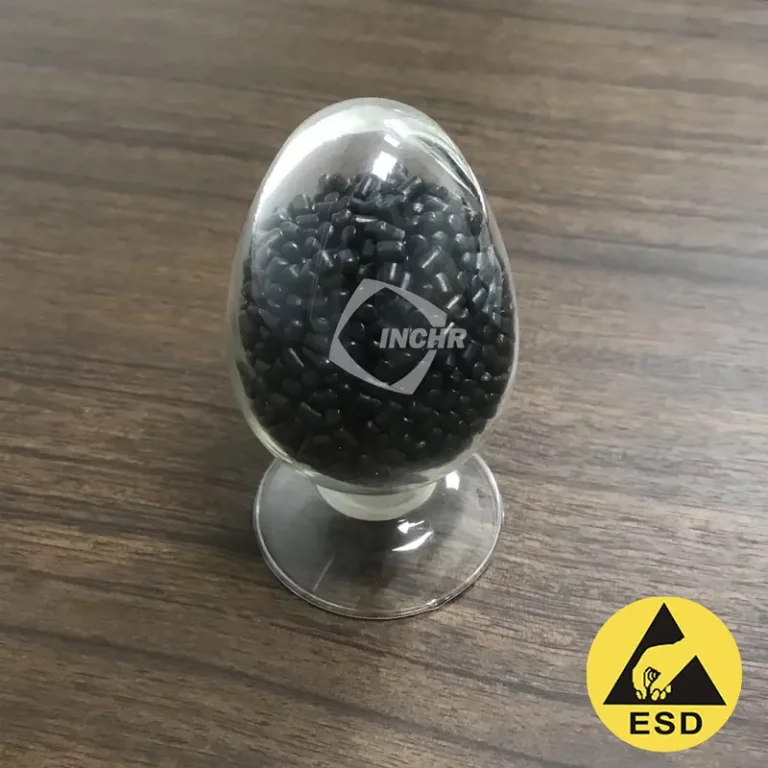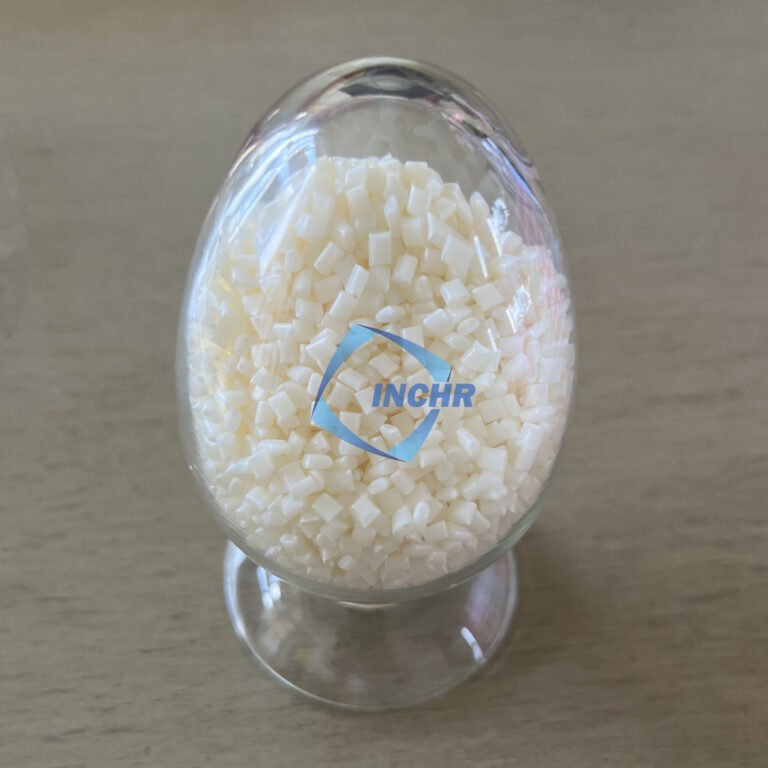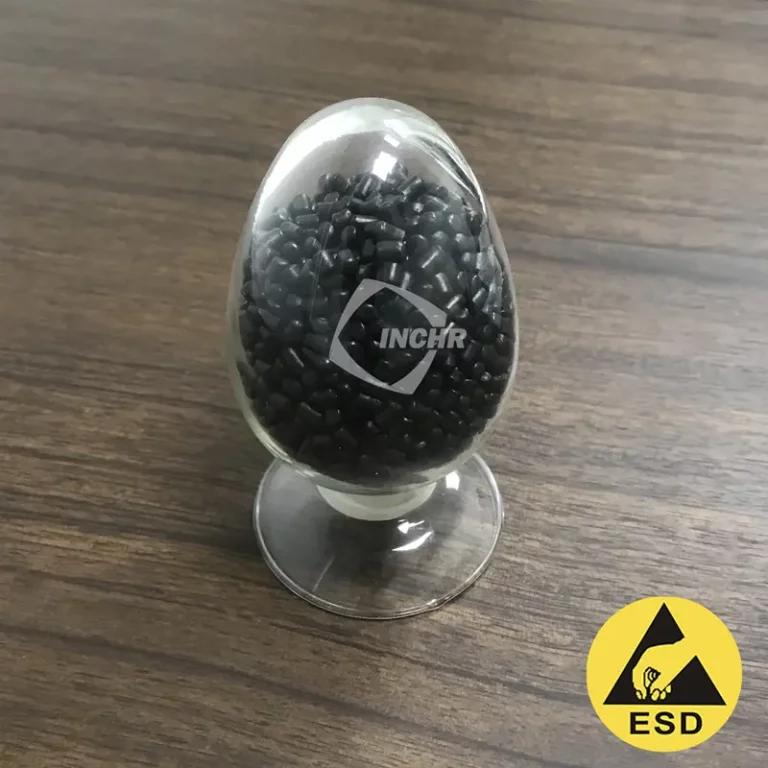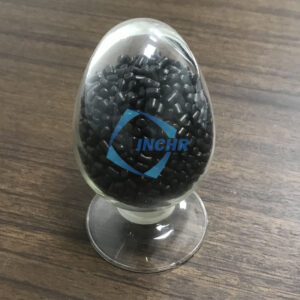 Introduction Of PVC Conductive Compound
Introduction Of PVC Conductive Compound
• Conductive PVC compound is a composite material with conductive properties made from polyvinyl chloride (PVC) as the base material by adding conductive fillers and other substances. Carbon black and carbon nanotubes are commonly used fillers.
• SA series of graphene conductive PVC are polymer composite materials developed by INCHR. This product mainly combines PVC and graphene materials to give PVC new electrical, thermal, and mechanical strength properties, increase the added value of PVC, and expand the application fields of PVC. Carbon black grade, carbon nanotube grade, and graphene-reinforced grade are available. Suitable for injection molding and extrusion.SA series are Rohs and Reach compliant.
• SA 509C is modified by graphene and other carbon materials. It features an outstanding performance with conductive and antistatic properties. SA 509C is specially designed for applications of PVC ESD cable. The other properties can be customized according to customer demands.
• Hardness of the PVC ESD compounds ranges from 85 A to 60 D for ESD protection. The PVC conductive compounds has the characteristics of permanent antistatic, flame retardant V-0, environmental protection, low VOC, etc.
Application Fields Of PVC Conductive Compound
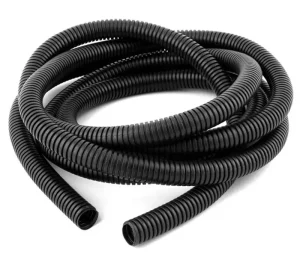
• Electronic industry: PVC conductive compounds are widely used for antistatic and electromagnetic shielding packaging of electronic products. It can prevent static electricity from damaging sensitive electronic components. For example, in the packaging of integrated circuits, semiconductor chips, and other products, conductive PVC materials can effectively dissipate static electricity accumulation and protect the performance and reliability of electronic components. It can be used to make electromagnetic shielding materials to shield the electromagnetic radiation generated by electronic equipment and reduce interference with the surrounding environment and other equipment. For example, using conductive PVC materials in the shells, cable sheaths and other parts of some precision electronic instruments can improve the electromagnetic compatibility of the equipment.
• Industrial field: used as floor materials and conveyor belts. Conductive PVC floors are widely used in industrial environments that are sensitive to static electricity, such as electronic manufacturing workshops, pharmaceutical factories, operating rooms, etc. This kind of floor can promptly guide away the static electricity generated by the human body and equipment, and prevent static sparks from causing fires or explosions. In some material conveying systems that require antistatic, conductive PVC conveyor belts can avoid problems such as material adsorption, blockage, or spark discharge caused by static electricity accumulation.
• Automobile field: Some automotive parts use conductive PVC ESD materials to reduce the accumulation of static electricity in the car and improve riding comfort and safety. For example, car seat covers, foot mats, etc.
• Special working environment: In some workplaces that require anti-static, such as petrochemicals, flammable and explosive goods production, and other industries, the work clothes worn by workers may use PVC ESD materials to prevent danger caused by static electricity.

